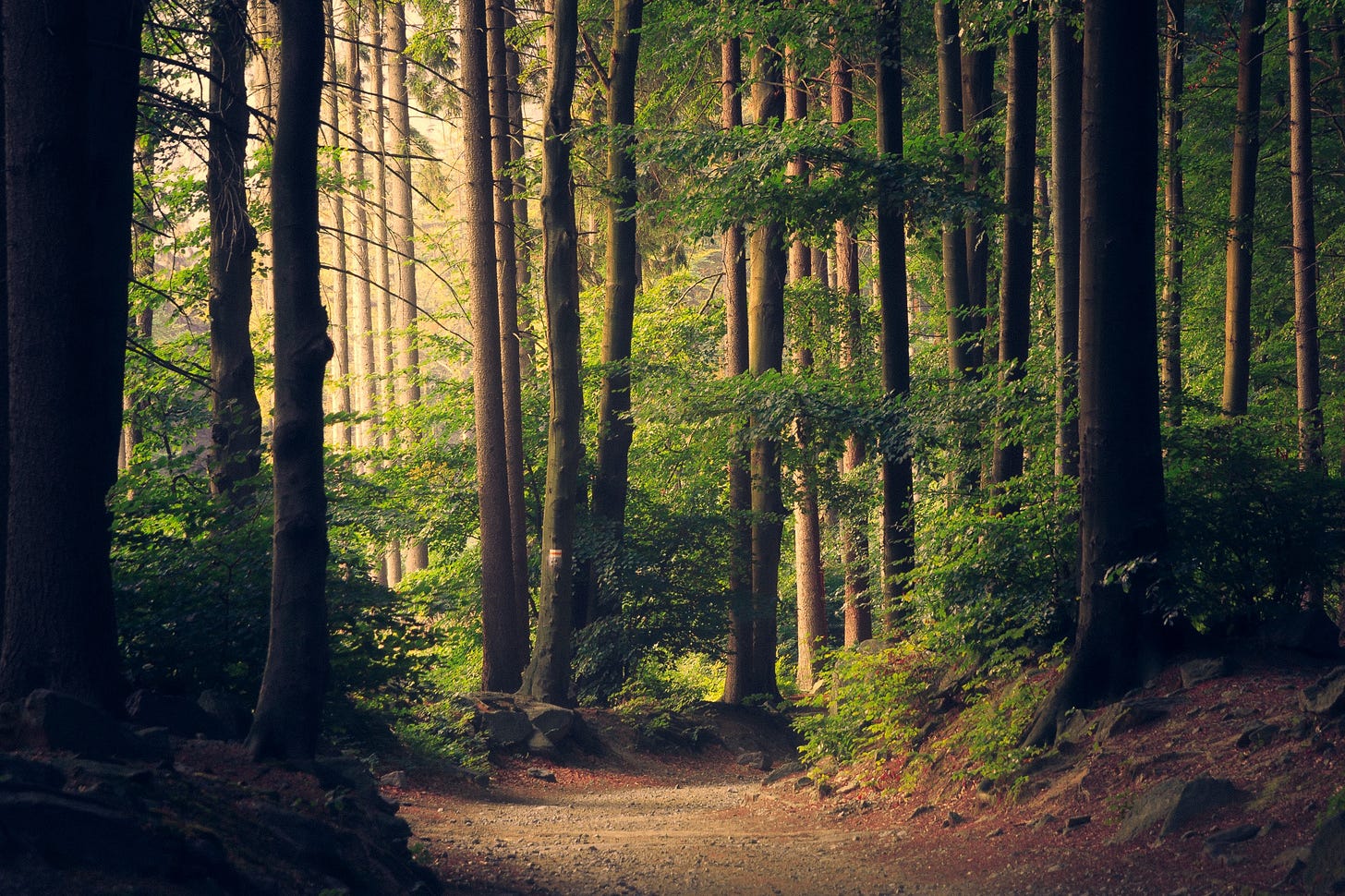We’ve all heard the advice about getting outside more often. Take a walk in the woods. Watch the birds in your yard. Take off your shoes and let the grass tickle your toes. To what end? Being happier, of course!
This ubiquitous advice shows up in everything from TikTok trends (“going on a stupid walk for my stupid men…
Keep reading with a 7-day free trial
Subscribe to Perfectly Cromulent to keep reading this post and get 7 days of free access to the full post archives.




